Digital tools based on AR and VR are increasingly used in industry to support operators. But how does it affect employees' skills and understanding of the systems they work with? The University of Skövde has been granted SEK 4.8 million to develop a guide for how the digital tools should be used in the manufacturing industry.
Digital tools with technologies such as augmented reality (AR) and virtual reality (VR) are becoming increasingly common features in the industry. The researchers refer to these tools as automated cognitive support (ACS). The tools are used, among other things, to support operators in the manufacturing industry during training and routine work. But the state of knowledge is unclear. While ACS is generally considered to have a number of positive working environment effects, there are also signals of the opposite effect.
Unclear state of knowledge
To clarify this, Afa Försäkring has granted the University of Skövde SEK 4.8 million for a project to develop a concrete and useful guide for how to design and use these digital tools in the industry.
It's important that we increase the understanding of how ACS affects the employee's cognitive work environment before these systems are rolled out on a large scale at workplaces in Sweden and around the world.
Within cognitive science research, it is well known that increased support in many cases leads to impaired learning. More available information means that we don't rely as much on our memory, which ultimately impairs our learning.
Positive effects may not occur
A consequence of increased use of ACS could be that the operators learn the work less well and become more dependent on the support offered to be able to perform the work. This, in turn, can affect the operators' understanding of their tasks and impair their ability to solve problems when something goes wrong. However, it is unclear to what extent the results from previous cognitive science research are true for workplaces in the industry.
Today there is a lack of competence on exactly how the new technologies affect the cognitive work environment, the project will contribute to reducing that knowledge gap. Otherwise, there is a risk that the positive effects will not occur or even worsen the situation if the aids are not used correctly.
DIGA - Handbook for design of digital work instructions
A handbook that we call DIGA has been developed within the project, aimed to support the design of digital work instructions within the industry. By combining visual guidance, smart information management, and interactive elements, DIGA provides guidance on how to adapt work instructions to production needs and cognitive factors. The tool is based on research and practical experience, providing support for creating clear and effective instructions suitable for various work environments.
DIGA has been developed by Prof. Peter Thorvald and Dr. Sandra Matsson through a collaboration between the projects DIGITALIS and OKAVIM. DIGA builds on research and established methods to ensure that instructions are clear, accessible, and effective. Whether you are working with high-volume production, complex assembly, or training new operators, DIGA can help you create better work instructions.
Reduce stress and facilitate learning
The guidelines should result in systems that facilitate learning, reduce the user's need for support and contribute to a sense of participation and user influence for the employees who use the systems. The cognitive load will also be a factor, but the goal is not always to contribute to reduced cognitive load.
The goal is a work situation that is not experienced as stressful but which at the same time offers a certain amount of challenge and opportunities to learn new things.
Workshops on effective work instructions
During the spring of 2025, several workshops will be held where Peter Thorvald will lead discussions on how to create work instructions that are as simple and effective as possible to understand, how to approach digitalised work instructions, and what opportunities and pitfalls exist.
Wednesday, February 19:
Online seminar: How to Create Effective Work and Assembly Instructions
Wednesday, April 16:
Workshop: Effective Work and Assembly Instructions
Tuesday, April 29:
From Chaos to Clarity – Work Instructions that Make a Difference
Tuesday, May 6:
More information about this workshop will be available shortly.
The project in the media
The project has been featured several times in the Swedish media. To access the articles, you can visit the Swedish page.
Publications
2025
Frontiers in Robotics and AI
2025. Article, editorial.
https://doi.org/10.3389/frobt.2025.1564948
2025. Editor (collection).
https://doi.org/10.3389/978-2-8325-6123-2
2024
Proceedings of the 19th SweCog Conference
2024. Conference paper, poster.
Extended Reality: International Conference, XR Salento 2024, Lecce, Italy, September 4–7, 2024, Proceedings, Part II
2024. Conference paper. https://doi.org/10.1007/978-3-031-71704-8_25



